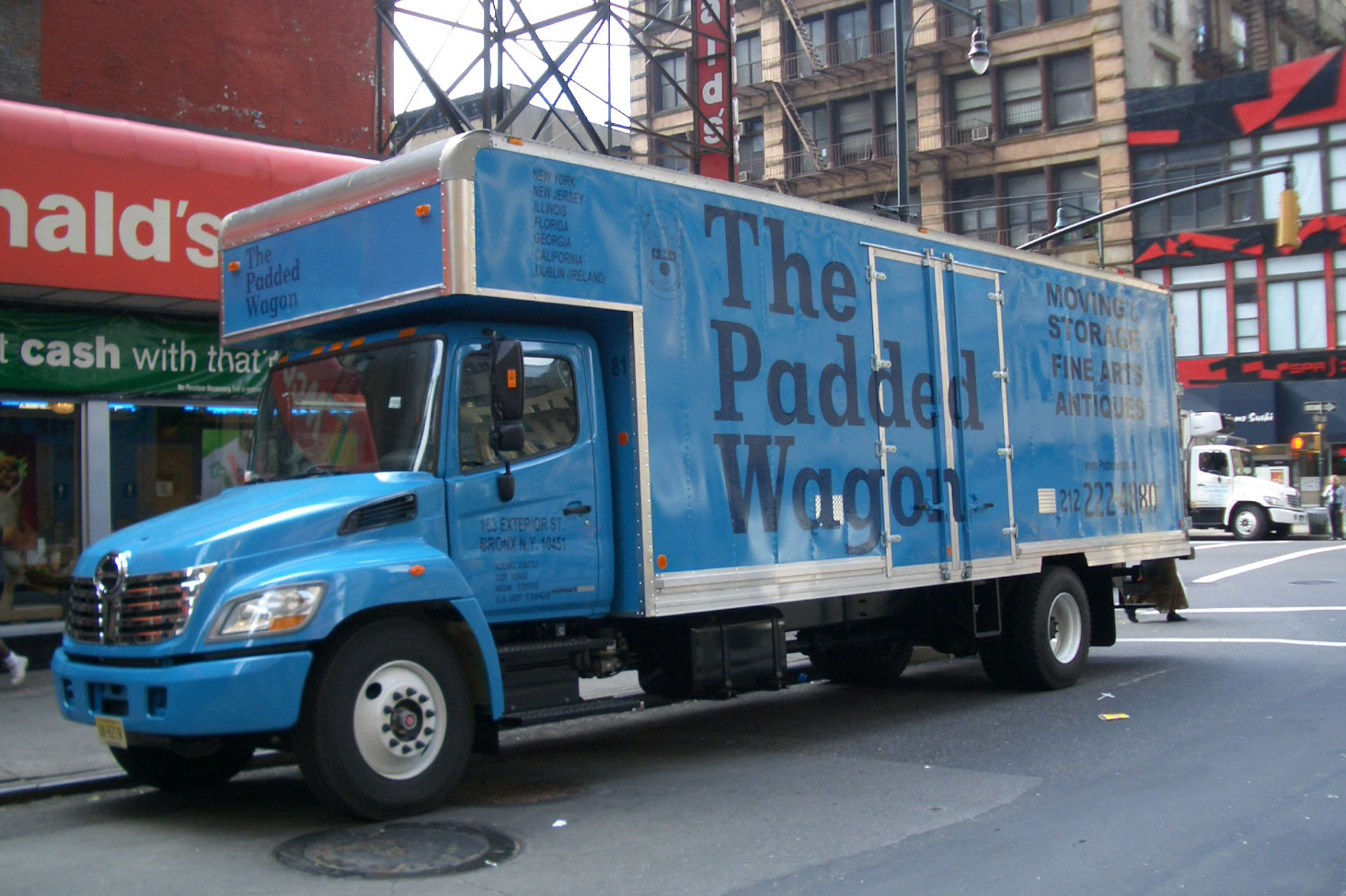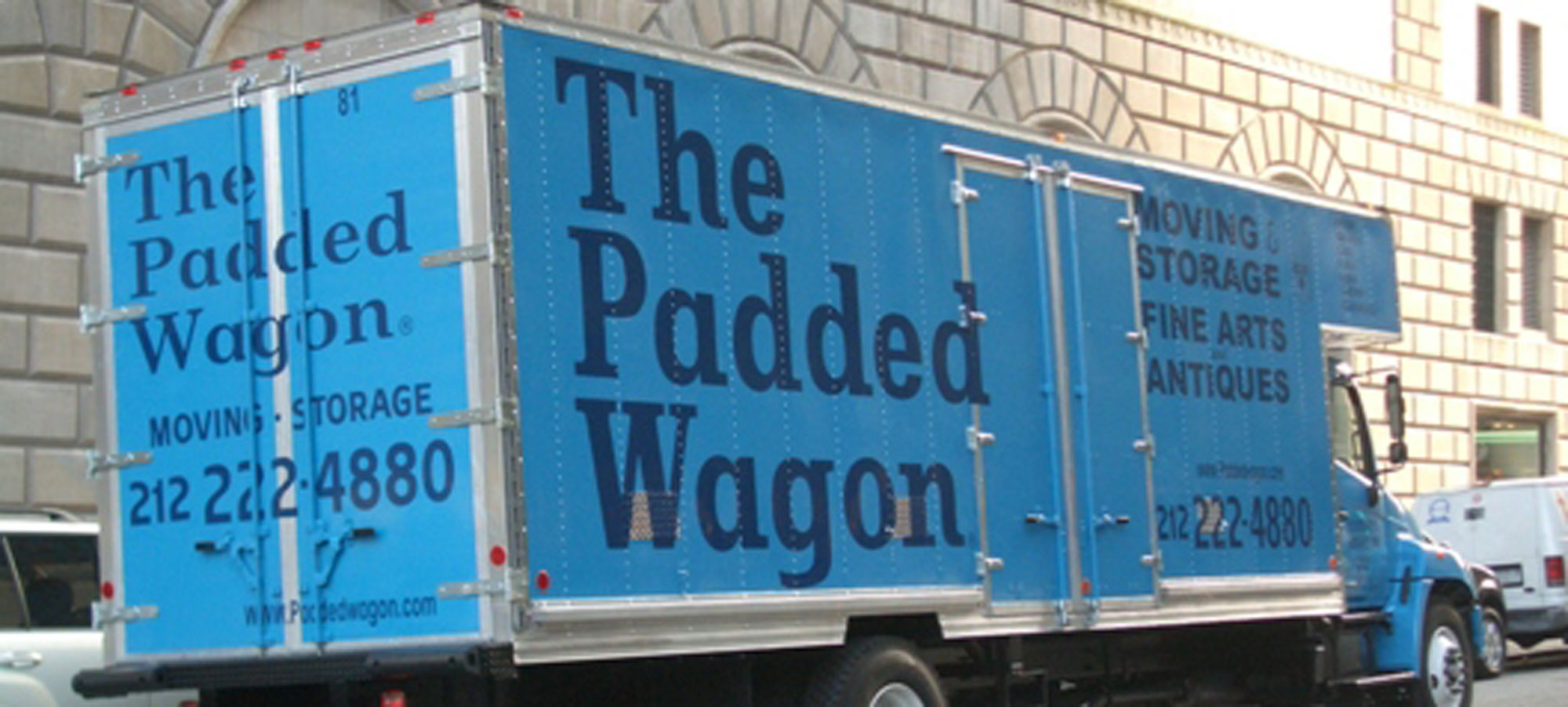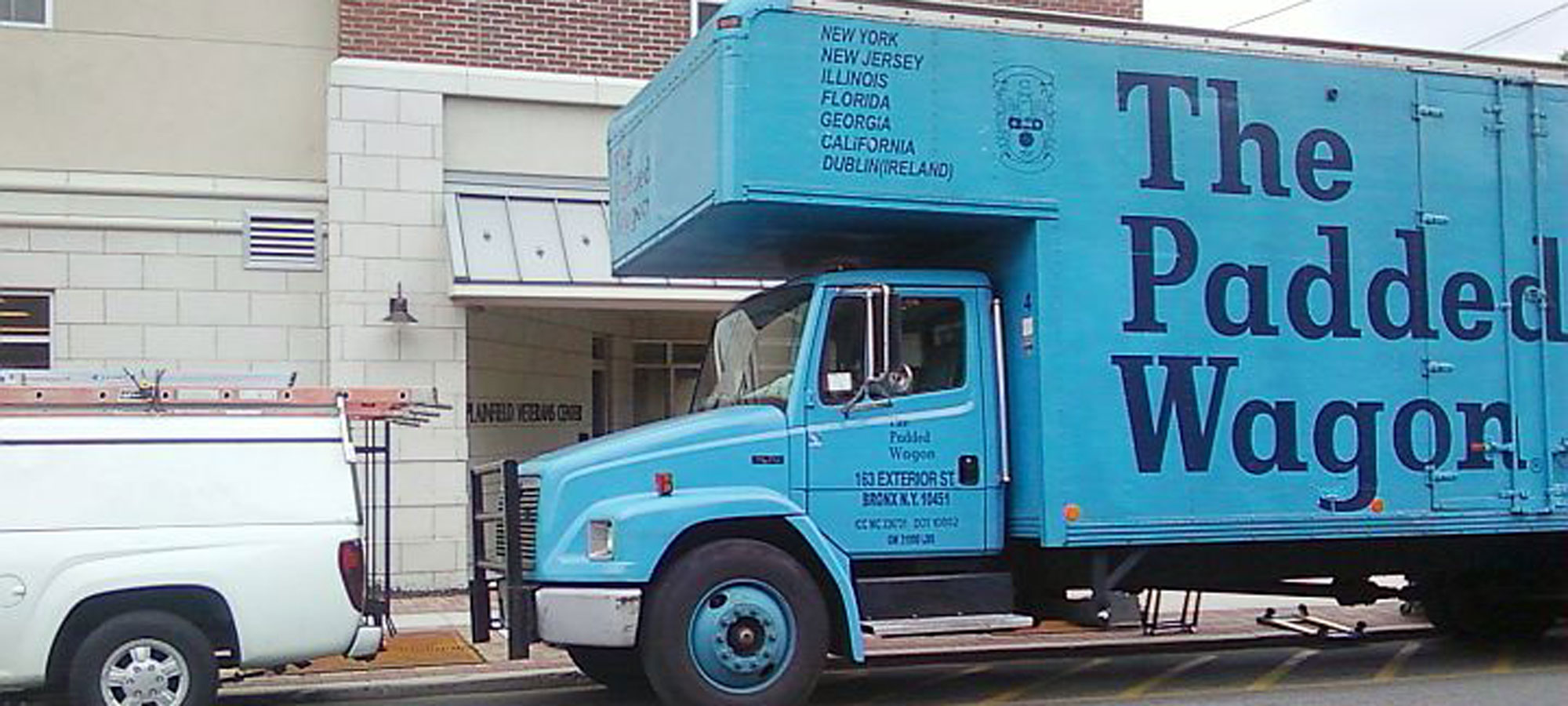The biggest challenge when moving into a high-rise building is dealing with heavy items. Movers typically use service elevators or stairs. But when it comes to high-rises, these options are either dangerous or not possible. Elevators might not be able to handle heavy items, or the objects might be too large and heavy to carry up the stairs.
So what is the alternative?
Dolies, ramps, and moving straps are helpful for heavy items, but sometimes movers need specialized equipments.
Move heavy items safely into a high-rise building by hoisting them up through a window or balcony.
Moving companies offer a service called hoisting, or rigging. When traditional methods of lifting heavy items don’t work, your movers will recommend using equipment to lift appliances and furniture to the upper floors.
Hoisting is the ideal solution for the following scenarios:
When disassembling is not an option: Disassembling and reassembling furniture is generally a straightforward process with minimal risk of damage. However, disassembling isn’t the right choice when moving appliances and delicate antiques.
When the item is large and heavy: Items like grand pianos, oversized sofas, bathtubs, and armoires are often too heavy for traditional moving methods. Hoisting allows for the safe transport of these large and heavy items.
When navigating tight spaces: Even if an item is not particularly heavy, it may still be challenging to move it through narrow hallways or elevators with size limitations. In these instances, hoisting is a practical solution to maneuvering the item through tight spaces.
A hoisting service ensures the safety of the movers and the protection of the items being transported. Movers will assess the item and recommend hoisting when necessary to minimize risks.
Safety is paramount when it comes to hoisting heavy objects.
Your hired movers will adhere to safety guidelines to minimize risks and potential damage. Here are just a few of the key steps they take to ensure safety during a hoisting process:
Inspect the equipment: Your movers will thoroughly examine and regularly maintain the hoisting equipment. This includes ensuring equipment is in good working condition and certified safe for use.
Secure the area: To reduce potential hazards and prevent accidents, your movers will clear the designated area of any obstacles. They will display clear signs to alert people and ensure that everyone remains a safe distance away.
Use proper rigging techniques: Your movers will use appropriate straps, slings, and hooks to securely fasten the item being hoisted. This ensures that the load remains stable and minimizes the risk of it shifting, or falling during the process.
Maintain clear communication: Effective communication between the hoist operator and the ground crew is vital for a safe and coordinated hoisting procedure. Clear instructions and prompt response times enhance overall safety and ensure smooth execution.
Assess weather conditions: Your movers will diligently evaluate weather conditions, particularly if there is rain or strong winds. Adverse weather can significantly impact the safety of hoisting operations, so a thorough assessment is crucial to mitigate potential risks.
By following these safety measures, your movers prioritize the well-being of both themselves and the items being transported, ensuring a secure and successful hoisting process.
Hoisting is a task that requires specialized skills and equipment, and should not be attempted by non-professionals.
Typically, at least three professional movers are needed to hoist large furniture items out of windows, onto roofs, or over balconies. Two movers are responsible for raising or lowering the furniture, while a third mover guides the piece to ensure it avoids any obstacles.
Two commonly used pieces of equipment for hoisting are cranes and A-frame hoists.
Cranes: Mobile cranes consist of a wheeled or tracked undercarriage, an extendable boom for lifting, and an operator’s cab for control. These cranes often include counterweights for stability and have safety features like load indicators.
A-frame Hoists: A-frame hoists are ideal for hoisting items through windows or balconies in high-rise buildings. They are lifting apparatuses that consist of a large, triangular frame structure resembling the letter “A.”
The cost of a hoisting service depends on several factors.
The size and weight of the items being hoisted influence the cost, as larger and heavier objects require more specialized equipment and manpower. The complexity of the hoisting operation and the distance the items need to be moved may also affect the final pricing.
It’s important to consider that pricing can vary between moving companies based on factors such as location, expertise, and the specific equipment offered. To make an informed decision, get quotes from different companies, compare services, and inquire about any additional fees.
Hoisting is a reliable method for moving heavy furniture to high-rise buildings when traditional methods such as using elevators or stairs are not feasible.
By relying on specialized equipment, skilled professionals, and strict safety measures, hoisting ensures a secure and successful moving process, providing peace of mind for both the movers and those relocating.
Call The Padded Wagon when you need hoisting service.
We have moved residents and businesses all over Manhattan for more than 60 years. When you need a reliable hoisting service, call us at 212-222-4880 or book online at paddedwagon.com/book-online.


